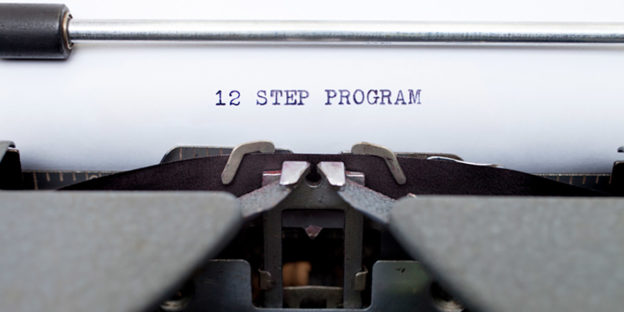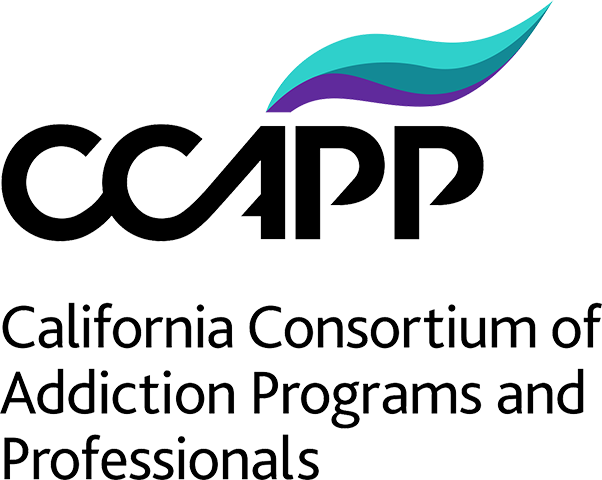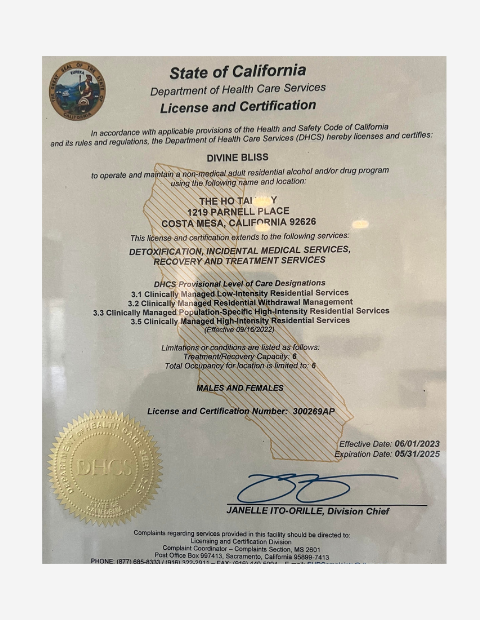Addiction is defined as being physically and mentally dependent on a particular substance and being unable to quit using regardless of the negative effects that come along with it. It has been discovered that 40 million people, age twelve and older suffer from a substance abuse or addiction problem. This drastically exceeds the number of Americans with heart conditions, diabetes, or cancer. In addition, 19.5 million females ages 18 or older have used or abused illegal drugs in the past year. With this issue so prevalent in our culture, it is crucial that we have resources available for those seeking help with drug and alcohol addiction. The 12-Steps is a renowned tool that has been practiced for years and can provide the elements necessary for you to maintain a healthy, sober lifestyle.
For the newcomers and those who could use a refresher, this blog will go over what the 12-Steps are and how they can make a lasting impact on your or a loved one’s recovery from drug and alcohol addiction.
What are The 12 Steps:
The steps were created as a guide to follow and live by in order to better the lives of those affected by the use of drugs and alcohol. These principles walk you through how to handle obstacles caused by addiction, including the idea of a higher power. They are as follows:
- We admitted we were powerless over alcohol – that our lives had become unmanageable.
- Came to believe that a Power greater than ourselves could restore us to sanity.
- Made a decision to turn our will and our lives over to the care of God as we understood Him.
- Made a searching and fearless moral inventory of ourselves.
- Admitted to God, to ourselves, and to another human being the exact nature of our wrongs.
- We’re entirely ready to have God remove all these defects of character.
- Humbly asked Him to remove our shortcomings.
- Made a list of all persons we had harmed, and became willing to make amends to them all.
- Made direct amends to such people wherever possible, except when to do so would injure them or others.
- Continued to take personal inventory and when we were wrong promptly admitted it.
- Sought through prayer and meditation to improve our conscious contact with God, as we understood Him, praying only for knowledge of His will for us and the power to carry that out.
- Having had a spiritual awakening as the result of these Steps, we tried to carry this message to alcoholics, and to practice these principles in all our affairs.
Breaking Down the Concepts
Step one is admitting that we are powerless, which can be a difficult thing to do as women.
This is because we have been conditioned to believe that it is a sign of weakness. In order to counteract that idea, we must look at the first step as a victory rather than defeat. Making the decision to look inward and address the issues we see is extremely brave. The more we practice thinking about it in this positive light, the less shame we will feel. The next several steps relate to a higher power “greater than ourselves.” It is important to understand that this does not have to be related to religion. Many women who are not religious have found refuge in these steps because of the message behind it. The main point is to let ourselves trust in something again. Life can appear more empty and difficult when we are on our own. When we come to believe in a power greater than ourselves (whether it be the universe or a religious figure) we are giving up that sense of control which can make the recovery journey less intimidating. The concluding steps are related to responsibility and reconciling with those we have hurt with our drug or alcohol addictions. This act of selflessness can strengthen our self-awareness and in turn strengthen our recovery.
History Behind the Philosophy
Although there are many different types of 12-step programs, they all began with Alcoholics Anonymous, which is an international fellowship with the purpose of helping members to stay sober and assisting fellow peers achieve sobriety as-well. Most follow the original traditions and principals of the first 12-Steps. The very first AA program was designed to help work against alcoholism through togetherness and spirituality. The earliest 12-Steps was created and published in the original 1939 book, Alcoholics Anonymous: The Story of How More Than One Hundred Men Have Recovered from Alcoholism. This was written by Bill W., a New York stockbroker who had also suffered from alcoholism.
Myths and Misconceptions
There are a number of common misconceptions surrounding the 12-Steps. Examples of these include:
- The idea that the Steps are solely for men – Although the original copy was written for the male community struggling with alcoholism, the 12-Steps have become a gender neutral concept. It has also drastically progressed throughout the years with various versions which are more focussed towards women and their specific relations with the steps.
- The 12-Steps are only beneficial for AA – While the first step references alcohol, there are many behaviors and substances that can become overwhelming and cause powerlessness. You can substitute any word such as drugs for the word There are many types of addictive behaviors that can benefit from these guidelines.
- They only work if you believe in god – As explained in the example above, the text can be modified to fit anyone’s personal struggles or beliefs. Step 11 suggests improving our conscious contact with god, “as we understood Him.” This suggests that if you do not believe in god, you can interchange the word choices to better represent your individual beliefs or religion.
Moving Forward With Drug and Alcohol Addiction Recovery
The 12-Steps is a solid foundation for rehabilitation seeing as it teaches structure and instills a sense of accountability for those struggling with drug and alcohol addiction. With its focus on acceptance and emphasis on personal inventory, these steps can guide you towards a lasting recovery with a lower risk of relapse. It can understandably be overwhelming to tackle on your own, which is why you would benefit from entering a treatment center in Costa Mesa, where you can practice these steps with the support of others.
At the Ho Tai Way, a women’s drug and alcohol treatment center in Costa Mesa, the 12-Steps are followed as well as alternate modalities such as refuge recovery which is a buddhist based model of providing immunity support. It is understood here how important and significant the steps can be in recovery. With a wide array of nightly meetings and a knowledgable, caring team, this women’s rehab provides the tools necessary to maintain longterm sobriety. If you are considering treatment or wish to refer someone, call the Ho Tai Way today to learn more about the program.
References:









